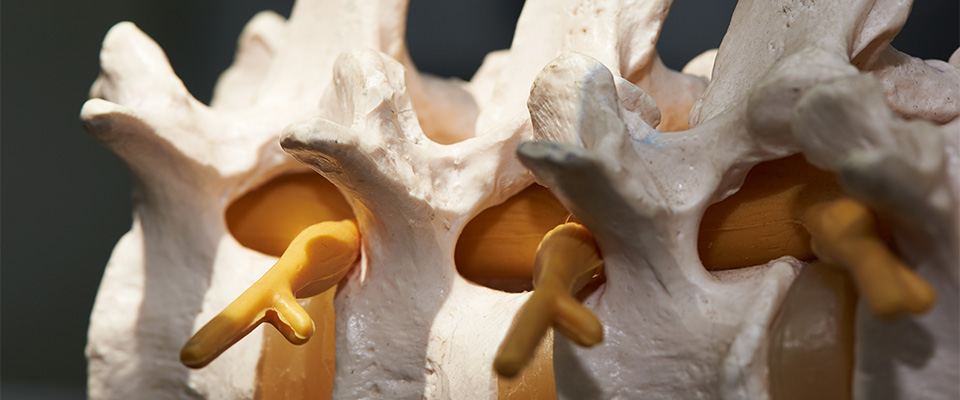Nerve Transfers for Spinal Cord Injury

What is spinal cord injury?
Spinal cord injury is a devastating condition, representing a significant public health problem. Although a notable volume of work has been devoted to the investigation of neuroprotective and neuroregenerative strategies after spinal cord injury, a void remains in treatment options that produce a reliable and robust improvement in patient function. After surgical stabilization of the spinal column and recovery from the acute component of injury, many patients are left with permanent motor dysfunction.
Why rely on WashU spinal neurosurgeons?
As part of a comprehensive program to treat patients with acute and chronic spinal cord injures, Washington University spinal neurosurgeons offer nerve transfer procedures to provide improved upper extremity and hand function tailored to each patient’s level of initial injury and preserved motor and sensory function.
Nerve transfers involve rerouting, or “transferring,” working nerves above the level of injury to restore function in a crucial nerve below the level of injury. Nerve transfers for spinal cord injury take a nerve connected to the spinal cord above the region of injury and attach it to a working nerve in the arm to innervate muscle function.
More than 50% of spinal cord injuries occur in the cervical spine — causing tetraplegia, or paralysis in all four limbs — and result in some loss of arm and/or hand function. Persons with tetraplegia are dependent on use of the upper extremities for mobility and activities of daily living including self-catheterization, writing, feeding and other functions. Hand function is consistently rated as the most desired function for persons with tetraplegia, above bowel and bladder function, sexual function, standing and pain control. Recovering even partial arm and hand function can have an enormous impact on independence and quality of life.
Nerve transfers to treat brachial plexus and peripheral nerve injuries have gained significant momentum over last decade, and several published case reports have demonstrated the use of nerve transfers in patients with cervical spinal cord injuries to provide distal motor function.
These procedures can provide meaningful improvements in patient quality of life and long-term functional independence. Washington University spinal neurosurgeons see all patients with a history of a cervical spinal cord injury and work with neurologists, hand surgeons and therapists on an operative plan that is developed for each patient’s unique circumstances.
Nerve stimulation in action
View a nerve stimulation procedure performed by Washington University experts.
Patient story
Nerve regeneration occurs at a fixed rate with evidence of recovery occurring 6-12 months after surgery. This patient is 9 months out from surgery showing early signs of functional triceps recovery. This patient previously had no elbow extension and is now able to transfer independently.